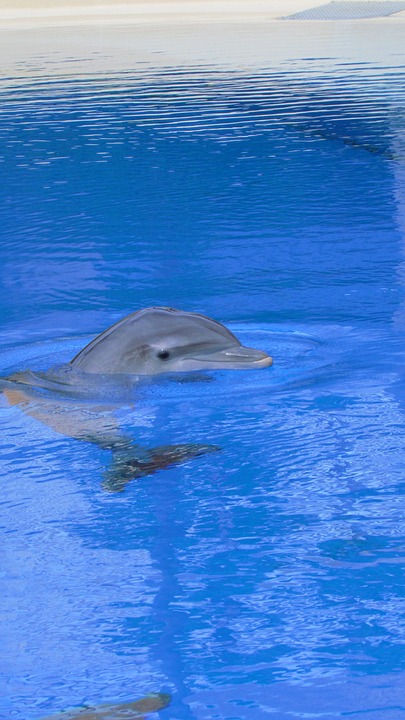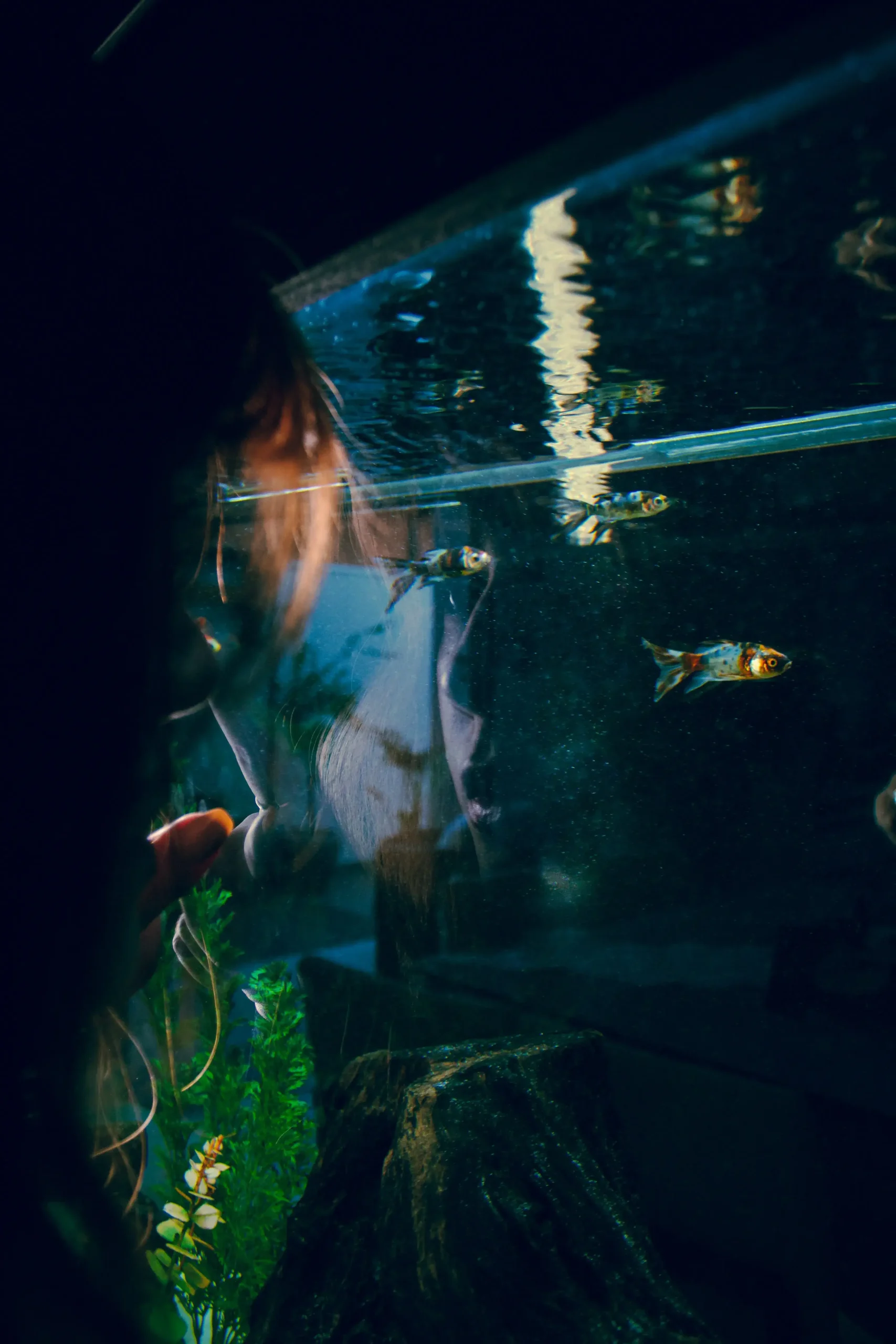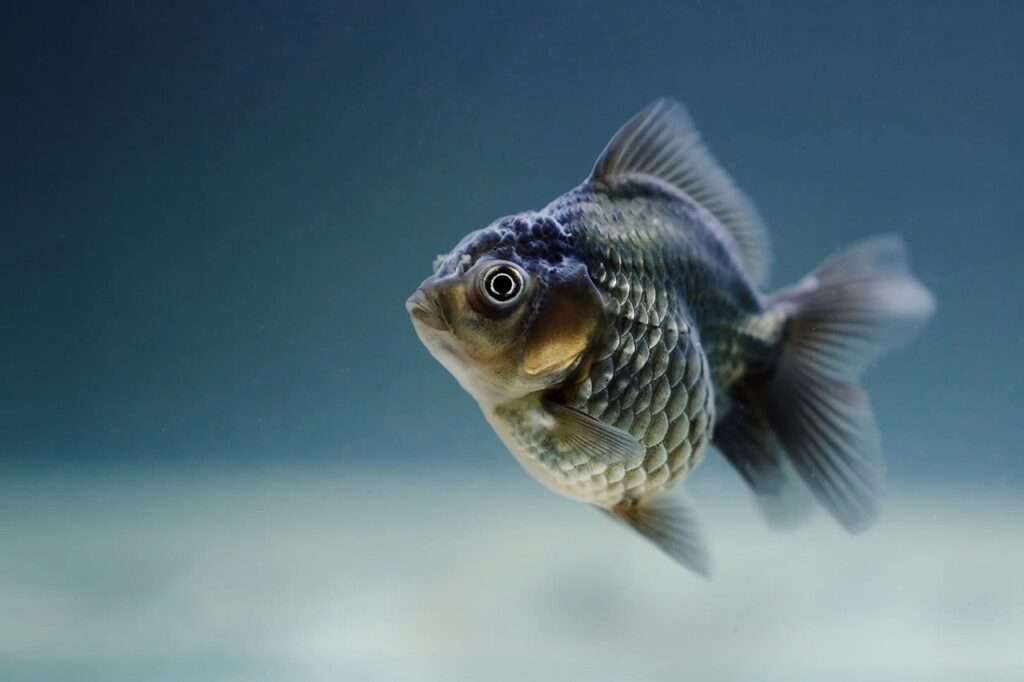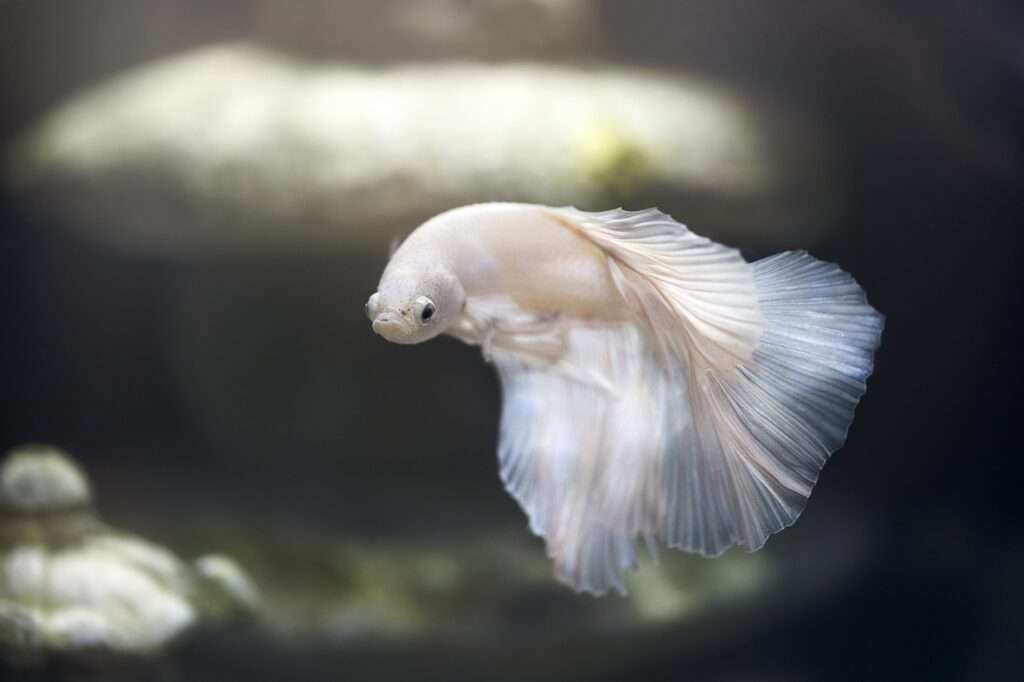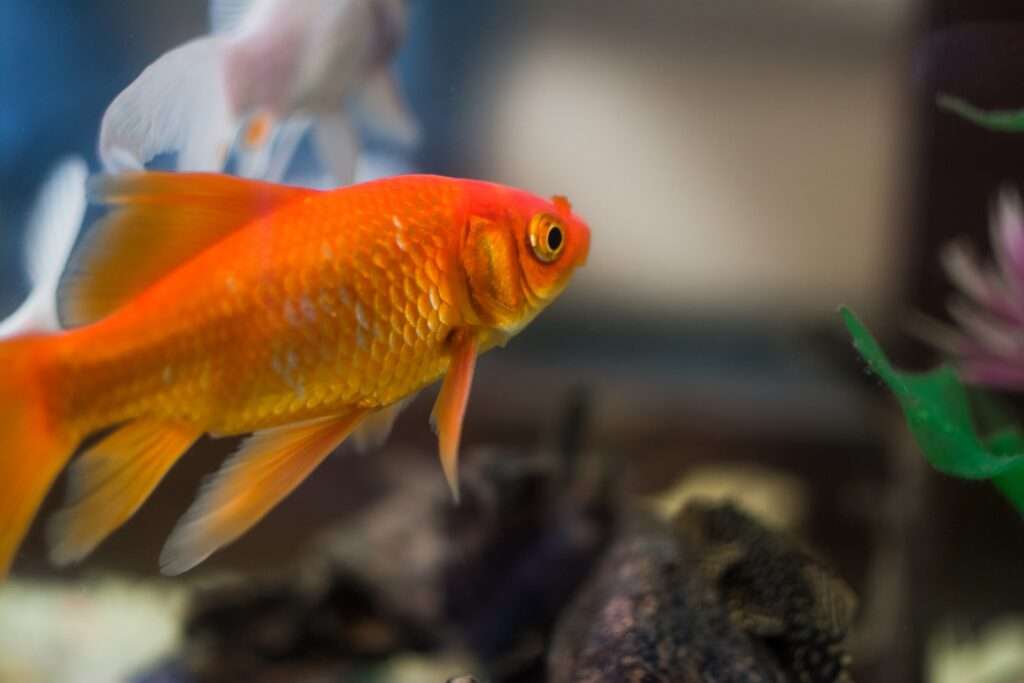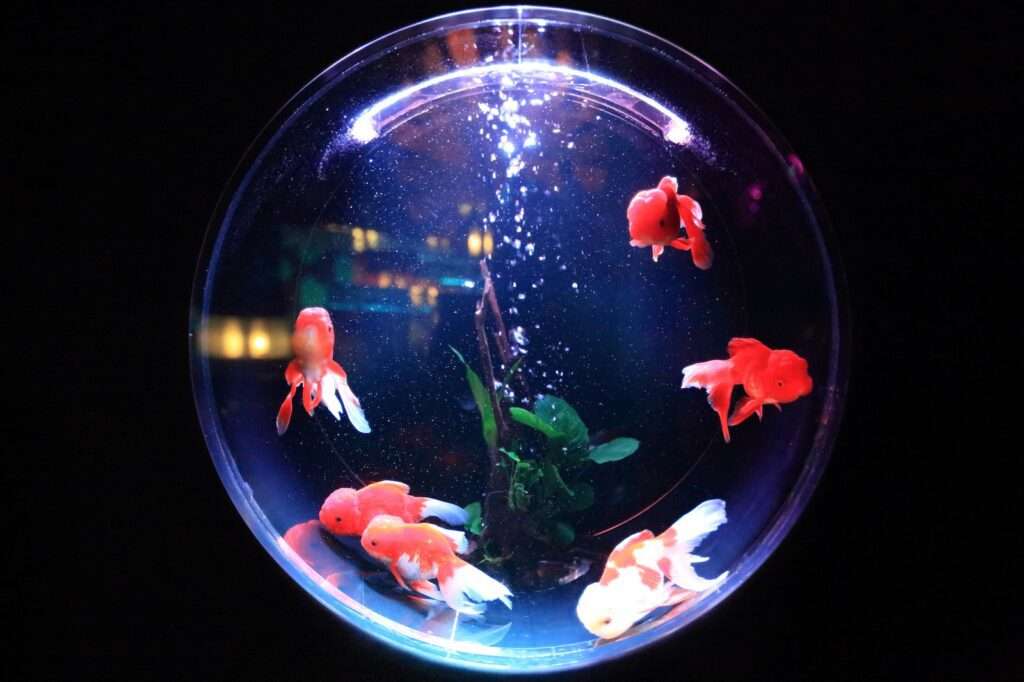In the world of fish tanks, few things are as captivating as the behavior of schooling fish. These social creatures exhibit mesmerizing behavior as they swim in synchronized harmony, creating a spectacle that is both beautiful and intriguing. As an aquarium enthusiast, understanding the dynamics of schooling fish is crucial for creating a thriving community in your tank. In this article, we will delve into the fascinating world of schooling fish, exploring their behavior, benefits, and the necessary care they require.
Schooling fish, also known as shoaling fish, are a group of fish that swim together in a coordinated manner. They are characterized by their ability to maintain a tight formation, moving in unison as if they were a single organism. This behavior serves several purposes, including protection from predators, increased foraging efficiency, and improved chances of finding mates.
One of the main benefits of keeping schooling fish in your tank is the aesthetic appeal they bring. Watching a group of fish move in perfect synchronization is a mesmerizing experience that can bring life and vibrancy to any fish tank. Additionally, the presence of schooling fish can help create a more natural and balanced ecosystem within your tank.
The science behind schooling behavior is a fascinating subject. Schooling fish exhibit this behavior as a survival strategy. By swimming in a large group, they can confuse predators and make it harder for them to single out an individual fish. This safety in numbers allows them to reduce the risk of being caught and eaten. Communication and coordination are also crucial aspects of schooling behavior. Fish within a school communicate with each other through subtle movements and visual cues, ensuring that they maintain their formation and swim together. Leadership and hierarchy play a role as well, with dominant individuals often leading the school and making decisions about direction and speed.
Choosing the right schooling fish for your tank requires careful consideration. Some popular species of schooling fish include tetras, danios, rasboras, and barbs. Before introducing any fish to your tank, it is important to research the compatibility of different species. Some fish may exhibit aggressive behavior towards each other, which can disrupt the harmony of the school. Additionally, tank size and setup are important factors to consider. Schooling fish require ample swimming space, as well as hiding spots to retreat to when they feel threatened.
Creating an optimal environment for schooling fish involves maintaining proper water quality and parameters. Most schooling fish prefer a temperature range between 72-80°F (22-27°C) and a pH level around 6.5-7.5. Regular water testing and maintenance are necessary to ensure the health and well-being of your fish. Proper tank filtration is also crucial for removing waste and maintaining water clarity. Providing adequate space and hiding spots in the tank will help create a sense of security for the fish, allowing them to exhibit their natural schooling behavior.
Feeding and nutrition are important considerations when caring for schooling fish. Understanding their dietary needs is crucial for their overall health and well-being. Most schooling fish are omnivorous, meaning they eat both plant matter and small invertebrates. Providing a well-balanced diet that includes both dry and live foods is recommended. It is important to avoid overfeeding, as this can lead to health issues and increased competition among the fish.
Maintaining a schooling fish tank can come with its own set of challenges. Aggressive behavior and bullying can occur within a school, especially if the tank is overcrowded or if there is not enough hiding spots. Monitoring the tank for signs of aggression and removing aggressive individuals may be necessary in some cases. Disease and health issues can also arise, so proper care and regular observation are essential. Maintaining water quality and stability through regular water changes and proper filtration is crucial for the health and longevity of your fish.
In conclusion, schooling fish bring a unique and captivating element to any fish tank. Their synchronized swimming and social behavior create a spectacle that can captivate both seasoned hobbyists and beginners. By understanding their behavior, choosing the right species, creating an optimal environment, and providing proper care, you can create a thriving community of schooling fish in your tank. Embrace the beauty of these social creatures and witness the fascinating dynamics of their behavior in your own home aquarium.

